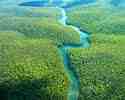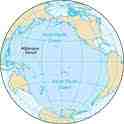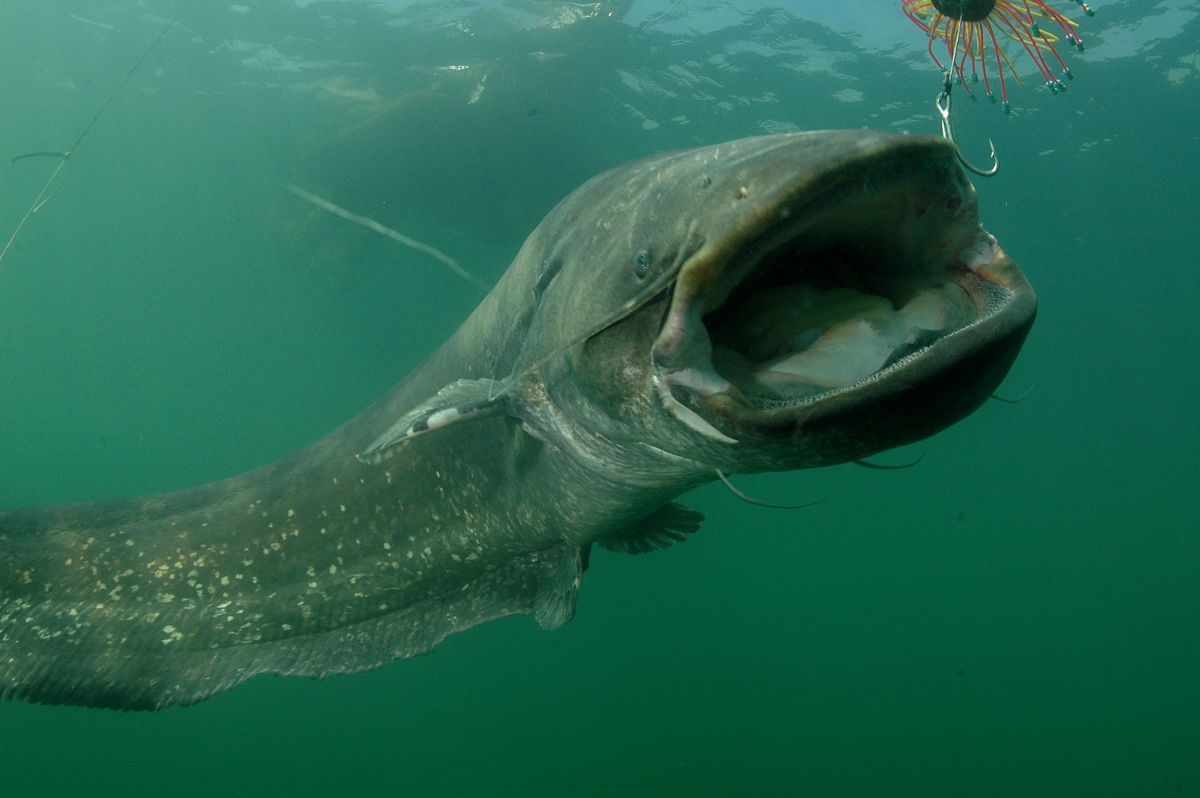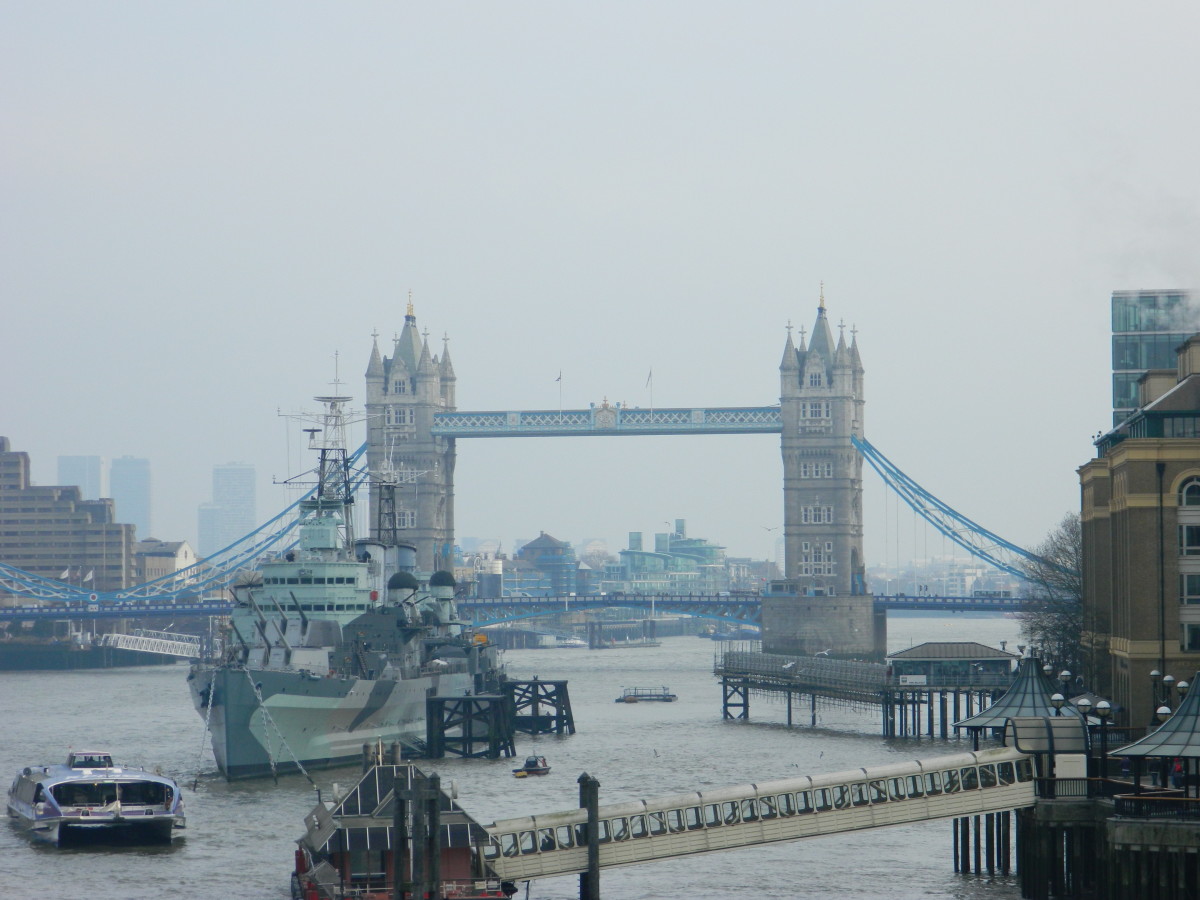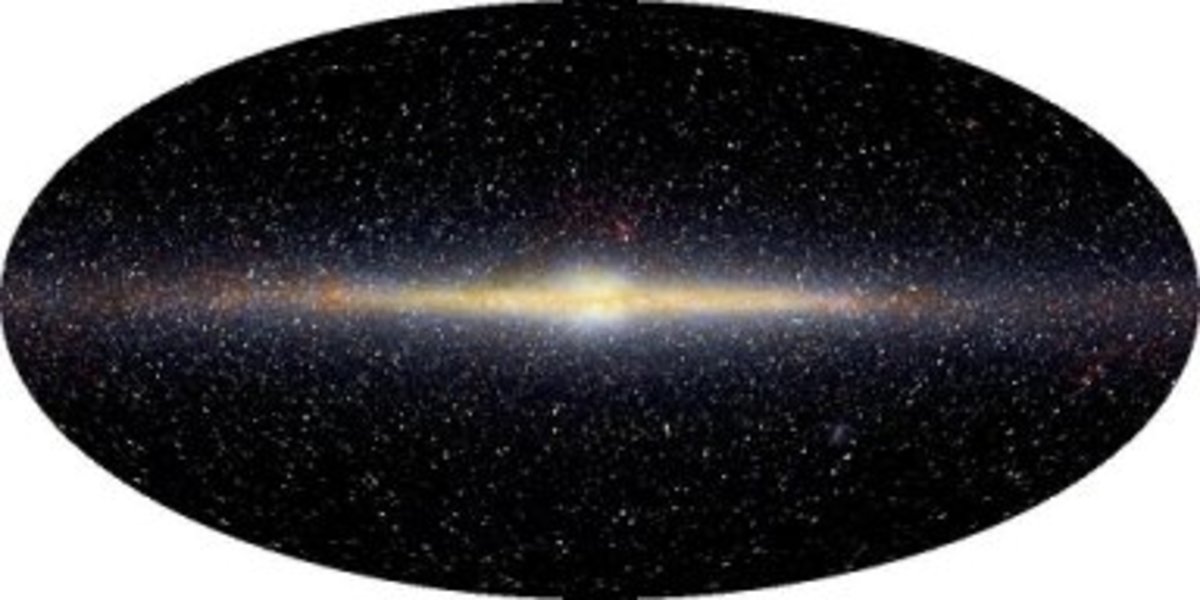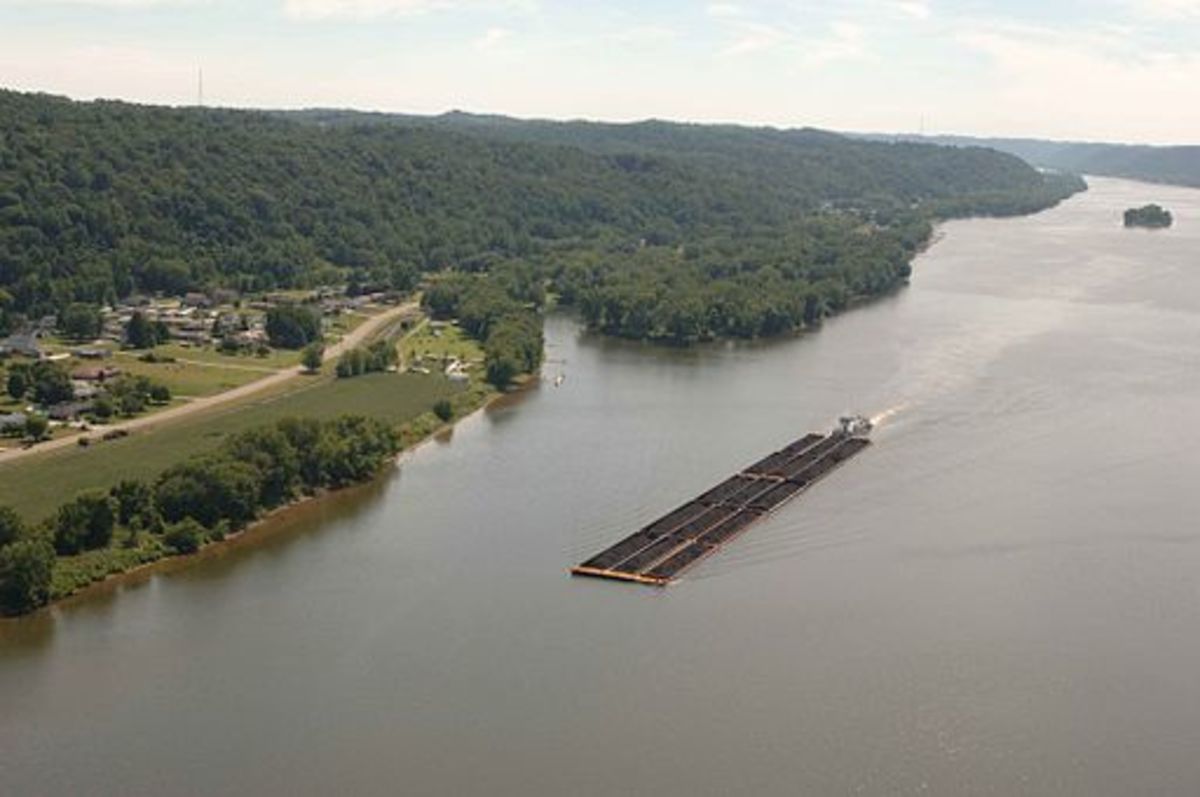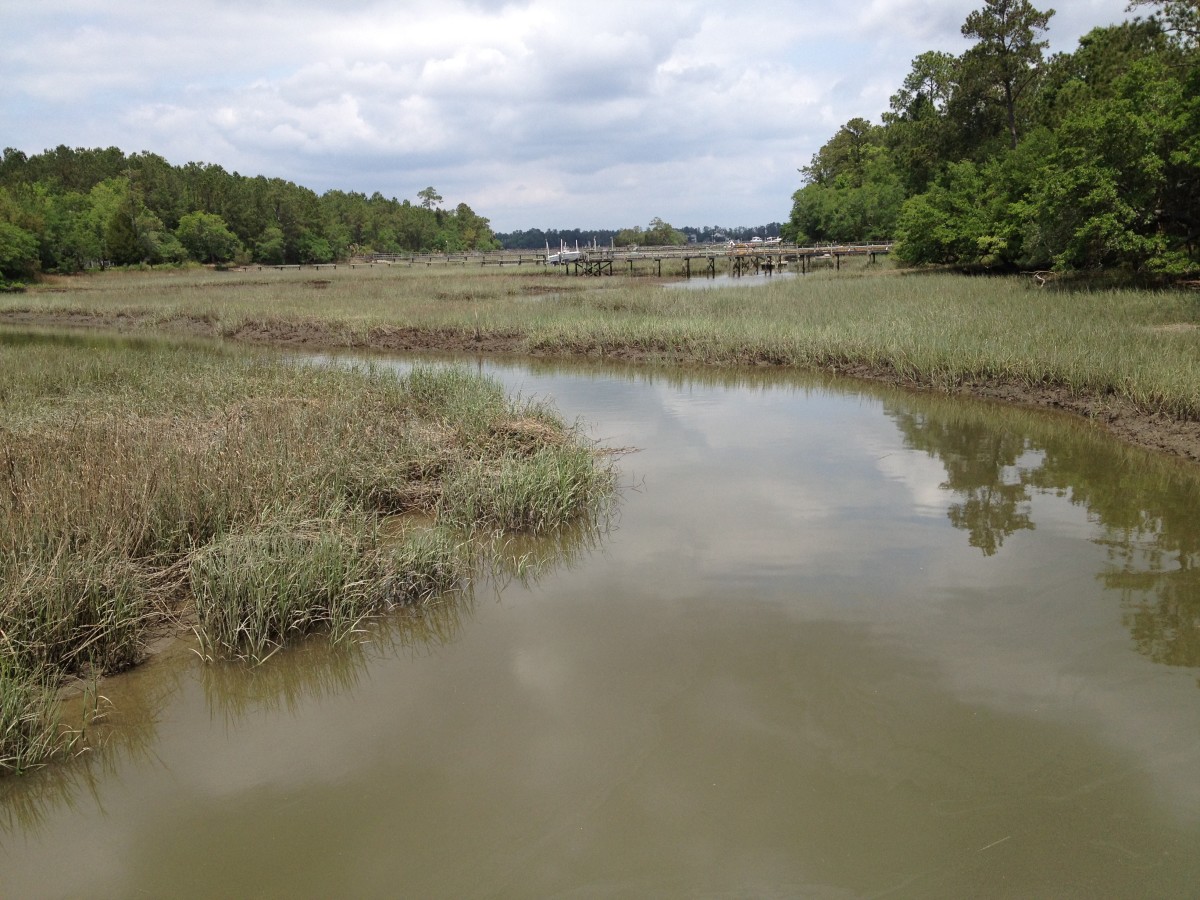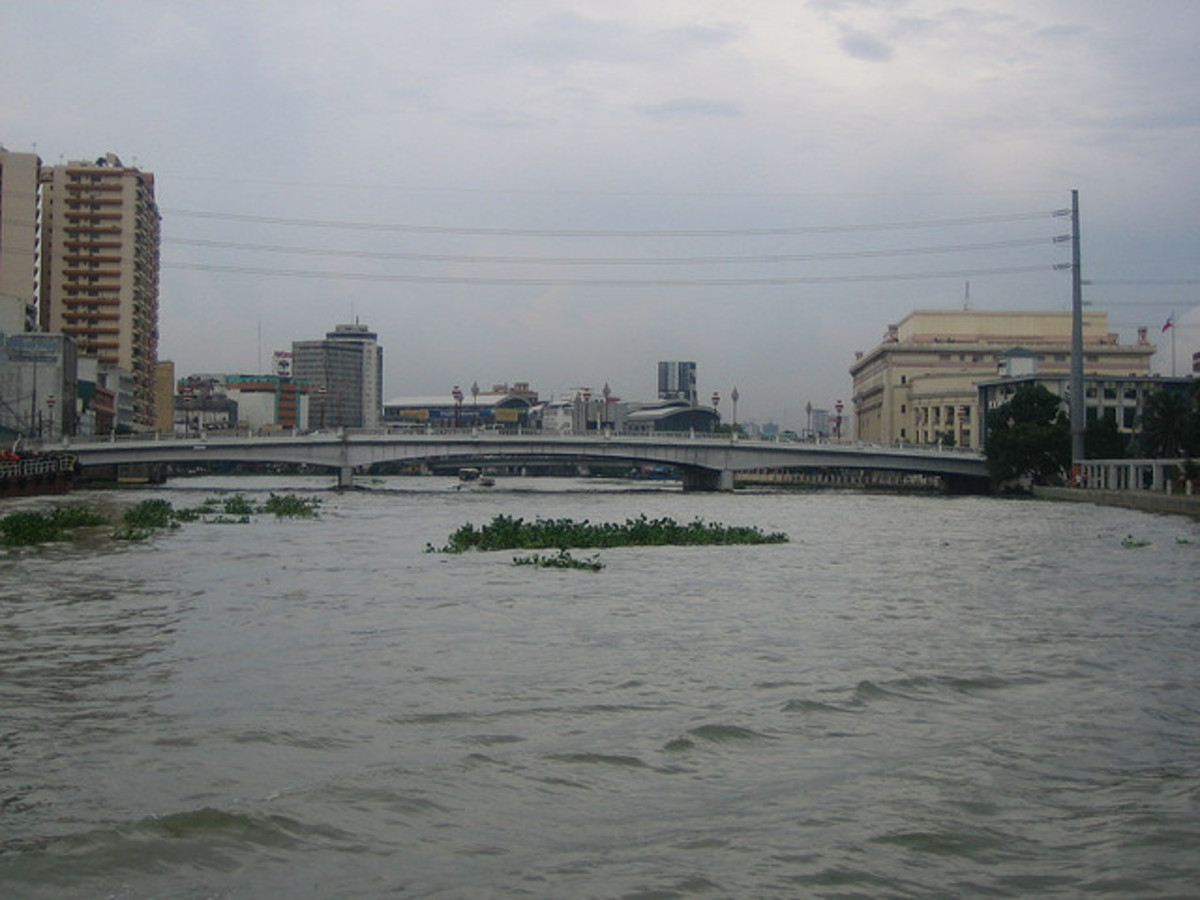Water: A Few Interesting Facts.
Water Affects Life Profoundly
Click thumbnail to view full-size





Dismiss Its Availability at Our Peril
No Water: No Life
It’s the true elixir and supporter of life. Here’s some facts you may or may not know about this magic substance.
Water is the one thing no life form can do without, yet more than one billion humans have no access to it, and approaching two billions more have no proper drainage and sanitation systems: that’s close to half the people on the planet. This means water is at a premium price and could feasibly outstrip fossil fuels before too long.
Water, of course, is made up of 75% hydrogen, the most abundant element in the universe, and 1% oxygen, the third commonest. It is present on one other planet in our solar system, Mars, and we have also detected it on a huge gas giant planet -like Jupiter - more than 150 light years away in another galaxy, HD 209458b. It has also been detected or suspected on several other moons and heavenly bodies. From this, we might infer it is present throughout the universe. Much of the water we have on earth today came from comets arriving throughout the early millennia.
Water’s ability to change form: from ice to liquid, to vapor and back again make it unique and give it the properties to support life as we know it.
There is almost 1.5 billion cubic kilometers of water on earth most of which is sea water. Of the roughly 40 million cubic kilometers of fresh water, 60% is frozen in ice sheets and glaciers, leaving just about 15 million km3 free liquid, most of which is held in underground aquifers. Most of the rest is in rivers and lakes, in vapor and inside all the living organisms (about 1,000 km3).
The oceans cover just over 71% of the world’s surface. It takes roughly 3,000 years for a volume of water equal to that in the oceans and seas to change into water vapor and back again. It is this that gives us the rains and the seasons and allows life at all on the land. Most of the rain soon returns to the seas in rivers and further evaporation; some becomes locked in ice in the cold regions. The engine behind this is the “supreme ruler” of life on earth, the sun. The seas support more than 50% of all life on earth, in the freedom of a three-dimensional existence, more like birds than terrestrial mammals. The huge convection currents circulating between the equator and the poles, from the deepest trenches in the oceans to the surface, are mainly what sustains life at all depths by the movement of oxygen-rich liquid and currents carrying nutrients. The classical example of these currents is the Gulf Stream.
Water can become a killer in several ways, principally by fueling hurricane clouds with millions of tons of rain causing flooding, mud slides and great loss of life among the world’s poorest peoples - the ones finding it the hardest to get adequate supplies of potable water. And in forming many meters high tsunamis which flood coastal areas drowning thousands and causing millions in property damage.
About 90,000 km3 of fresh water is held in lakes, which have been described as “jewels in the earth’s crust,” although we sometimes seem bent on destroying them with pollution, as we do our seas. Some of these lakes, such as Baikal in Siberia, have immense depths. In fact, Baikal may easily upstage Loch Ness’s monster, Nessie, in that it does have several monsters in residence, the lake’s giant sturgeons, said to prey on local seals! Some fish.
More than twice as much water at any given time make up rivers, streams and canals, etc., about 2,000 km3: rivers move water - and many other substances, which total another 2 billion tons, plus - from the land back to the sea at the rate of about 40,000 km3 per year. Each major river is really two rivers in one: the one you see and another “shadow” river following the first and held in the sands and rock of the bed of the first. This is sometimes called the hyporheic flow. If the river bed is porous or cracked, this “ghost” stream may exceed the surface river in volume. Often, the original river disappears for the reason of some geological change or through man-made interference and the underground river is the only flow left along the original course.
Aquifers - the “Water Bearers.” contain most of the free fresh water on earth, upwards of 12 million cm3. They are being exploited to the point of extinction in many parts of the world as mankind’s population increases. A combination of factors have caused major aquifers everywhere do cease all together and become “de-watered,” as it is put by geologists and hydrologists. Once most aquifers are drained, they are filled by dust, sand and rock and there’s no turning back. Many of the world’s great cities are subsiding into the very aquifers their citizens have drained - at least 50 cities in China are caught in this process and most Americans will be familiar with the fate of Mexico City as it slowly sinks into the old lake bed of Texcoco causing building to crack and disintegrate.
The Sahara Desert conceals huge and ancient aquifers only recently being used and exploited by countries such as Libya, which discovered the water accidentally while they were drilling for oil! It is a telling fact that they stopped the search for oil at these wells and begun pumping water on a huge scale. Australia sits on the largest and deepest aquifer on earth and has used its water since the late nineteenth century.
It may not be long before we see rigid water rationing creeping in. As our water bills rise, we may have to start curbing our own water usage in the First World as is forced upon the many more arid nations.
Think how casually we dismiss in the US and Canada and the UK and Europe being able to turn a tap and have a cold glass of fresh, potable water, or take a long, luxuriant bath or shower, just a dream for half of the world’s peoples who must smile wryly at this largess brought to them on their TV screens.

